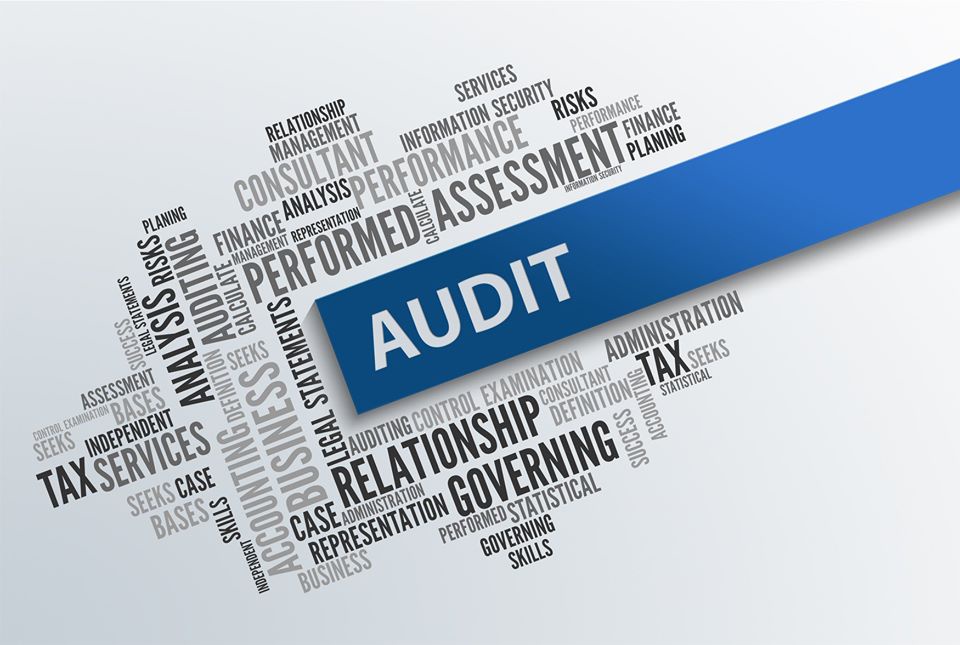Learn here about the phases of an internal audit process and discover how it is done step by step.
Pre-audit phase
Before starting the process, a general analysis of the organization to be audited is carried out. That way, the audit team can have a better understanding of how the processes work and what the entity's objectives are.
At this point the following aspects must be taken into account:
- Legal framework: this is the legal context that regulates the company, its performance and the way in which it associates with other organizations.
- Internal regulation: this includes the information generated by the entity itself as a self-regulation mechanism. For example, regulations, agreements, minutes of the board of directors, resolutions, etc.
- Organizational structure: these are all the elements that help align all levels of the organization, such as guiding ideas, mission, principles, values, objectives, goals, processes, methods, technology, finances, etc.
After having analyzed this information about the company, it is classified as follows:
- Position of the audited entity.
- Organizational objectives.
- Activities carried out.
- Company structure.
- Resources you have.
- Industry context.
Planning the audit
In this phase of the internal Auditors in UAE, the data collected in the previous stage is taken and an audit plan is created, which must be agreed with the client. The audit plan must contain the following information:
- Objectives, scope and criteria of the audit.
- Units and areas that will be audited within the company.
- Officials in charge of the quality of the processes.
- Priority aspects.
- Time and duration of inspections: dates and places.
- Meeting schedule.
- Confidential Requirements.
- Structure and delivery of the final report.
Assignment of the audit team
The lead auditor must define who are the officials who will be in charge of carrying out each of the audit activities. To make the process as objective as possible, team members must be free of conflict of interest and must not be involved in the activities they are auditing.
- Lead Auditor: Ensures that the audit plan is fulfilled, that activities are effective and that the previously defined scope is maintained.
- Auditors: they are in charge of planning and developing the assigned tasks. Collect and analyze evidence and draw conclusions. Document the results and write the reports.
Execution of the audit
This phase of the internal audit begins with an opening meeting, where team members introduce themselves and the plan is reviewed. Likewise, the methodologies and procedures to be used are outlined, the resources needed are defined, and the security and emergency procedures are reviewed.
Subsequently, the information collected by the audit team is collected and analyzed and it is evaluated whether the criteria of the audit plan are being fully met.
After all the evidence is collected, the auditors meet with management and those responsible for the audited functions. In this meeting, the results are presented, disagreements are resolved, and conclusions are raised.
Report preparation
The final objective of the internal audit is to disclose the results obtained. In this phase of the audit, the audit report is prepared , which must contain the information that was predetermined in the initial audit plan, such as customer information, objectives and scope, agreed criteria, audit times, identification of the audit team, the summary of the process, the conclusions, the confidentiality statement and the distribution list of the report.
Report distribution
When the final report is prepared and approved, a copy of it must be sent to the person responsible for the corresponding section. The report and documents are delivered to the quality manager of the company and to the Board of Directors for later filing.
Monitoring of actions
When there is no compliance with the final report, corrective actions are raised and recorded. These must be notified to the quality manager so that he can carry out the corresponding procedure and resolve them in the stipulated time.


No comments yet